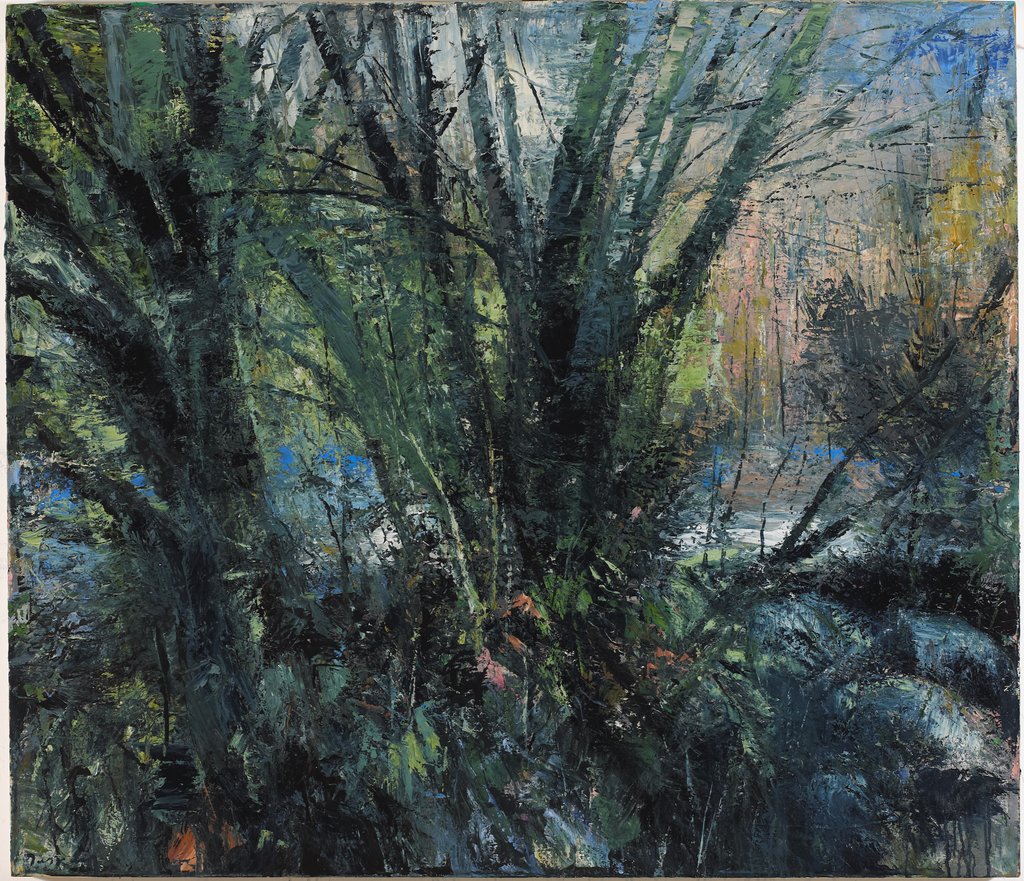Nature Reserve
Nature Reserve – Solo exhibition – Art First, London & Town Hall Gallery, Macroom, Co. Cork
Not far from the town of Macroom in Co. Cork, there is an area that contains the remains of an alluvial oak forest which was formed in the basin of the River Lee at the end of the last Ice Age. It is called the Gearagh – an old Irish name for a wooded river. This unique area was formed where the river valley flattened out and the Lee broke into an intricate network of streams and narrow channels weaving its way among a multitude of small wooded islands. It was described in the 17th century as “an immense plain covered with trees and divided by the River Lee into 1,000 islands“. It is the only extensive remains of alluvial forest found in Ireland or Britain and probably in Western Europe, west of the Rhine. It forms an uncommon ecosystem which has been of interest to scientists since the 19th Century...
In 1954, as part of the development of the River Lee Hydro-electric Scheme a large area of the woodland was felled and the valley was flooded for a reservoir. Today, the remains of the tree stumps become visible when the water level is low. The black stumps and their twisted roots re-emerge from below the surface, spreading far out across the watery plain, creating a scene that is both atmospheric and surreal – a vivid and stark reminder of that utilitarian destruction.
In 1987, with growing awareness and pressure from the scientific community and environmentalists, the area was declared a statutory nature reserve with the co-operation of the electricity board who own the land. The international importance of the site is recognised by its designation both as a Ramsar site and as a Biogenetic Reserve.
Environmentalist Kevin Corcoran writes: “It is hard to imagine what the area looked like before being flooded – a vast inland delta of inter-connecting, many branched streams that encircled a maze of small and inaccessible islands, covered in oak forest. It was protected from the ravages of humanity by its swampy terrain, deep swirling streams and treacherous banks of soft mud with holes big enough to swallow a horse.
As a nature reserve, it is of immense importance, being the nesting site and breeding ground for many migratory birds, and home to others all year round. The Gearagh is also rich in botanical treasures, including the rare and protected Mudwort (Limosella aquatica) which creates a green lawn around the reservoir, and the Marsh Ragwort (Senecio aquaticus) which turns gold in the summer…..Nature is also fighting back, as the trees re-establish themselves all round the perimeter of the reserve. Oak is colonising some of the drier islands along with Ash, Birch and Hazel. Willows and Alder are confined to the wetter depressions and stream margins”
I had the opportunity to visit the area in 2008, as a guest of the newly established Gearagh Artists Residency Program. The house and studio provided were situated in the Gearagh where the river channels give way to much denser woodland. I spent 6 weeks working amongst the tangle of trees and grasses, on the mudflats and from the higher vantage points on the surrounding hillsides and side-roads.The light on the Gearagh can, at times, be extraordinary, particularly at dusk. It is an inscrutable and fascinating place for a painter. It is a place I will need to return to.
Donald Teskey – 2011















